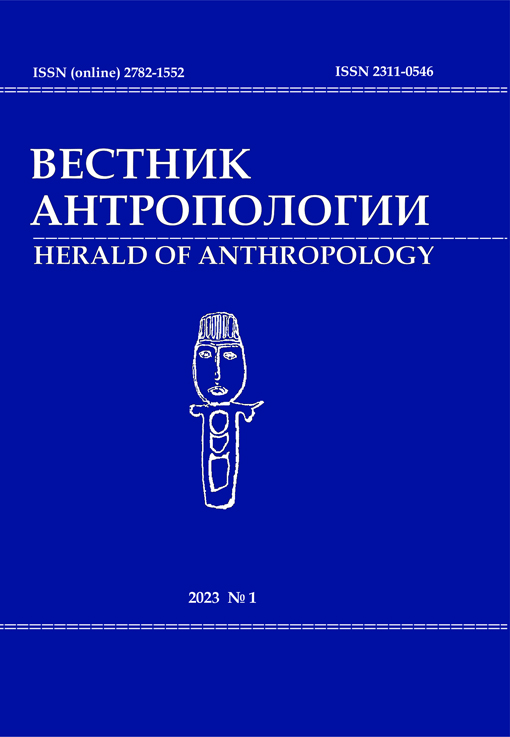Transformations of the Ob-Ugric Field: From Traditionalism to Current Challenges
DOI: 10.33876/2311-0546/2023-1/19-30
Keywords:
Ob Ugrians (Khanty and Mansi), field research, informants, traditional culture, transformation, applied researchAbstract
The author has studied the Ob-Ugrians peoples (Khanty and Mansi) for many years and has conducted field research among them. The article attempts to analyze the changes that have taken place in the Ob-Ugric field and approaches to fieldwork in the post-Soviet period. In line with the positivist approach Soviet ethnographers sought to immerse themselves in the culture of the peoples under study, to find in the field unique and archaic features of the economy, culture, social organization and religious representations of Khanty and Mansi. Therefore, for a long time the Ob-Ugric field was rural and ethnographers worked mainly with elderly people. In the early 1990s, ethnology as a whole and fieldwork in particular was reoriented towards reflecting new realities: the socio-economic development of indigenous people and the political activity of ethnic leaders. Fieldwork allowed researchers to see the problems and needs of the communities under study, to discuss them, and to suggest possible ways for further development. The field expanded to include neighborhood centers, urban spaces, industrial company offices, and executive offices. A whole pleiad of researchers grew up from the Northern peoples themselves, for whom the field was "domestic" and who based their work on an "insider's view".





















